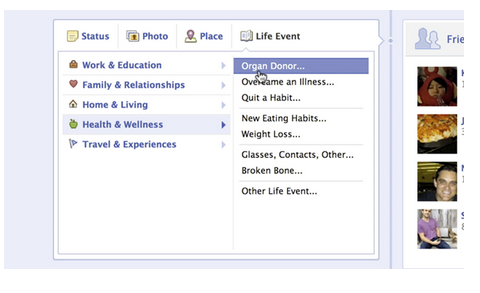I'm a bit late to the "social science bloggers love Station Eleven" party. Chris Blattman put it in his 2014 favorite novels list, and Jay Ulfelder shared a nice excerpt. I loved it too, so I'll try to add something new. Station Eleven is a novel about what happens after - and just before, and during - a flu pandemic wipes out 99% of the human population. The survivors refer to that event as the Collapse, and mostly avoid talking about or thinking about the immediate aftermath when all was a fight for survival. But Station Eleven is not just derivative post-apocalyptica. The book avoids a garish focus on the period just after the Collapse, but instead focuses on the more relatable period just as things are beginning to unravel, and much later, as bands of survivors who made it through the roughest bits are starting to rebuild. The main characters are a band of musicians and thespians who are trying to retain some of the cultural heritage and pass it on to the next generation, who have no memory of the world before the Collapse.
It's also a novel about loss, both personal and societal. One of my favorite passages:
...No more ball games played out under floodlights. No more porch lights with moths fluttering on summer nights. No more trains running under the surface of cities on the dazzling power of the electric third rail. No more cities.… No more Internet. No more social media, no more scrolling through the litanies of dreams and nervous hopes and photographs of lunches, cries for help and expressions of contentment and relationship-status updates with heart icons whole or broken, plans to meet up later, pleas, complaints, desires, pictures of babies dressed as bears or peppers for Halloween. No more reading and commenting on the lives of others, and in so doing, feeling slightly less alone in the room. No more avatars.
Since I was reading this novel while traveling for work in Tanzania and Zimbabwe and Liberia, I was struck by its focus on Canada and the US. Nothing wrong with this: the author is Canadian* and the presumed audience is probably North American. But I kept wondering what the Collapse would have been like elsewhere. It was global, but would it have been equally catastrophic elsewhere? Urban centers like Manhattan are ludicrously unworkable in the absence of the electricity and cars and subways and other bits of the massive, distributed, and - to casual eyes - largely invisible infrastructure working to constantly feed them with supplies and people and information.
The novel implies that these urban centers fared worse, and focuses on suburbia and rural areas, where survivors re-learn how to farm, how to make things for themselves. We see nothing of the global "periphery" where the fall from wealth might be less great, where the collective psychological trauma of losing 99 out of 100 people might dominate the loss of technology. Of course, the periphery is defined by the observer and the writer, and isn't the periphery at all to those who live in it. Maybe things would fare better, or maybe not.
Imagine the same novel, but set in Tanzania, or some other country where the majority of people are small-holder subsistence farmers. Maybe it would use the device of following two relatives, one living 'upcountry' or in 'the village' (i.e., poor rural parts) and the other living in Dar es Salaam. Relationships are established in an early chapter when the successful urban relative visits the village, or the rural relative visits the big city, and both marvel at their differences.
Then the flu hits, and things start to break down. Narrative chapters are intersperse with transcripts of SMS (text message) exchanges, demands for mPesa transfers, the realization that money doesn't matter anymore, and finally the realization that the networks aren't getting anything through anymore. Some city dwellers flee for the countryside but find themselves shunned as bearers of contagion. The urban protagonist makes her way, over the course of months or years, to the rural area where her relative once lived, hoping to find things are better there. Her belief that the village will be the same mirrors the readers' belief - and common trope in writing about developing countries - that subsistence farmers today somehow live just as they did centuries or millenia ago. Bullshit, of course.
As the urbanite nears the village, her encounters reveal all the ways the modern fabric of village life was related to society and technology and has likewise broken down with the Collapse. Perhaps the power vacuum set off struggles amongst survivors and led to some new social order, where none of her skills are that useful. Nearing the village, she finds that the rural relative is now leader, revealing his situation has been reversed by the Collapse just as the once successful urbanite finds her way into his village with her last shilling.
Maybe this novel already exists. Or something else using the post-apocalyptic form to explore somewhere that's not Canada or the US or Europe and not reliant on mechanized agriculture. Pointers, please, as I'd love to read it.
*originally I wrote the author was American. Oops. Apologies, Canada!






